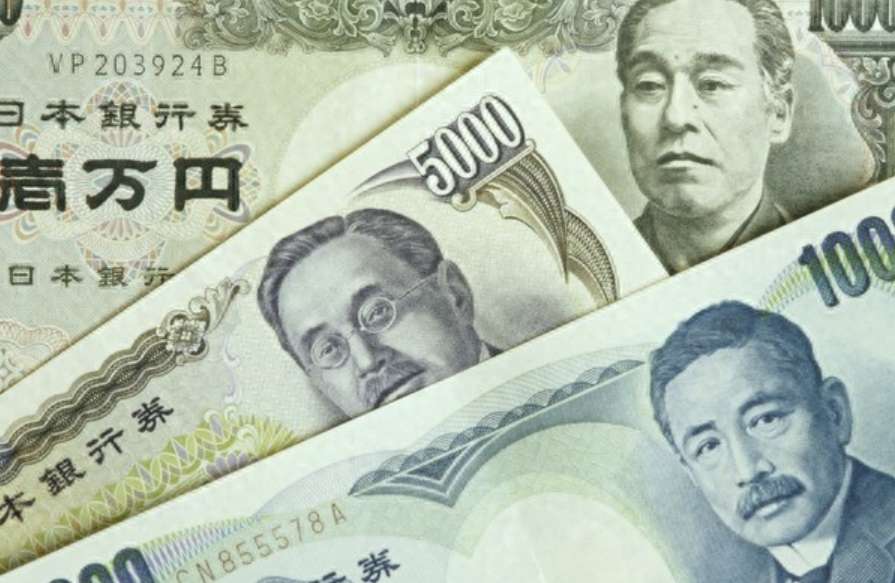Yen's Rapid Decline
Advertisements
In recent weeks,the Japanese yen has been trapped in a worrying pattern,lingering at near 40-year lows against the US dollar.This continued depreciation has sparked speculation about potential market interventions by the Japanese government.However,the escalating issues of persistent inflation,weak domestic demand,and economic contraction have come sharply into focus.Not to mention,the interest rate gap between Japan and the United States remains historically significant,complicating the Bank of Japan’s (BOJ) path toward normalizing its monetary policy.
On July 3rd,during Tokyo's forex market session,the yen plunged to approximately 161.98 yen per dollar,marking its lowest value since December 1986,about 37 and a half years ago.The acceleration of the yen's depreciation has been rather notable in 2024,with the currency depreciating nearly 13% since the beginning of the year,surpassing the 7% decline seen throughout the entirety of the previous year.Analysts point to the broader economic circumstances surrounding this trend,especially the delayed expectations of interest rate cuts by the Federal Reserve,which have created a considerable gap in interest rates between Japan and the United States.
In an effort to tame the rampant depreciation of the yen,the Japanese government has taken a series of measures to intervene in the forex market.These have included verbal warnings and direct market interventions.Japan's Finance Minister,Shunichi Suzuki,has expressed deep concern over the excessive and unilateral volatility in the forex market,stating that appropriate measures would be undertaken if the exchange-rate fluctuations became overly erratic.Reports from the Ministry of Finance indicated that between April 26 and May 29,the government engaged in record levels of foreign exchange intervention,amounting to an astonishing 9.8 trillion yen (approximately 620 million USD).
Despite these efforts,many analysts argue that the effectiveness of such interventions has been limited due to the slow pace of Japan’s monetary policy normalization.The sustained and substantial interest rate difference between the US and Japan has only exacerbated the yen's decline,signaling that the broader economic ailments plaguing Japan are not so easily remedied through temporary measures.
As such,investor sentiment appears to be increasingly leaning toward the likelihood of further government intervention in the forex market.Shunichi Suzuki reiterated on July 2 that authorities are closely monitoring the yen's performance,maintaining that the government's stance on forex policy remains unchanged.This proactive approach is crucial in navigating the tense and fluctuating global market conditions.
So,what exactly is driving the yen's continued decline?One of the most prominent factors in the short term is the staggering interest rate disparity between Japan and the US.The Federal Reserve has kept its interest rates firmly between 5.25% and 5.5% for an extended period,with little expectation for a rate cut in the immediate future.Conversely,Japan’s central bank only raised its base rate to a range of 0% to 0.1% in March.This pronounced rate difference naturally places significant depreciation pressure upon the yen.
In the medium to long term,the underlying structural problems within the Japanese economy emerge as critical contributors to the yen's downturn.Prolonged demographic challenges such as population decline and aging have diminished Japan's economic growth potential.Coupled with rising national debt levels,constraining fiscal flexibility,and ongoing trade deficits,the implementation of persistent quantitative easing policies has compounded the difficulties, leading to the yen's ongoing depreciation and declining international competitiveness.
leading to the yen's ongoing depreciation and declining international competitiveness.
According to Eiji Kumano,chief economist at Dai-ichi Life Research Institute,while there may be hopes for the Federal Reserve to eventually lower interest rates,the delayed expectations mean that US rates will remain high.Consequently,this seduces capital away from Japan towards the US,resulting in the selling of yen to purchase dollars.Indeed,the financial policies of the United States play a pivotal role in driving the dollar's rise and the yen's fall.
The ongoing weakness in the yen is not merely a cyclical concern but also speaks to deeper structural issues within Japan's economy.A series of articles by major news outlets like Reuters have emphasized that Japan’s stagnant growth,coupled with ballooning national debt and persistent expansive monetary policies,has culminated in the yen's pronounced depreciation.
As July comes to a close,all eyes are on the BOJ’s upcoming monetary policy meeting,where market participants are keenly interested in potential interest rate adjustments.However,Kumano suggests that even if the central bank were to raise rates,the impact may be limited and unlikely to reverse the yen's ongoing decline quickly.The room for substantial policy rate increases by the BOJ is constrained; any abrupt hikes could place undue financial burdens on small and medium enterprises,causing ripple effects throughout the economy.
Kumano further asserts that even a potential rate hike from the BOJ might not significantly alter the prevailing interest rate differential between Japan and the US.Without bold initiatives from the central bank,it is improbable that any measure would effectively halt the trend of yen depreciation.The possibilities for raising Japan's policy rate slightly above the current levels are modest,and a drastic increase might jeopardize economic stability by exacerbating debt repayment pressures on smaller businesses.Ultimately,relying solely on a rate increase from the BOJ will not suffice to prevent the ongoing decline of the yen.
Leave a Reply